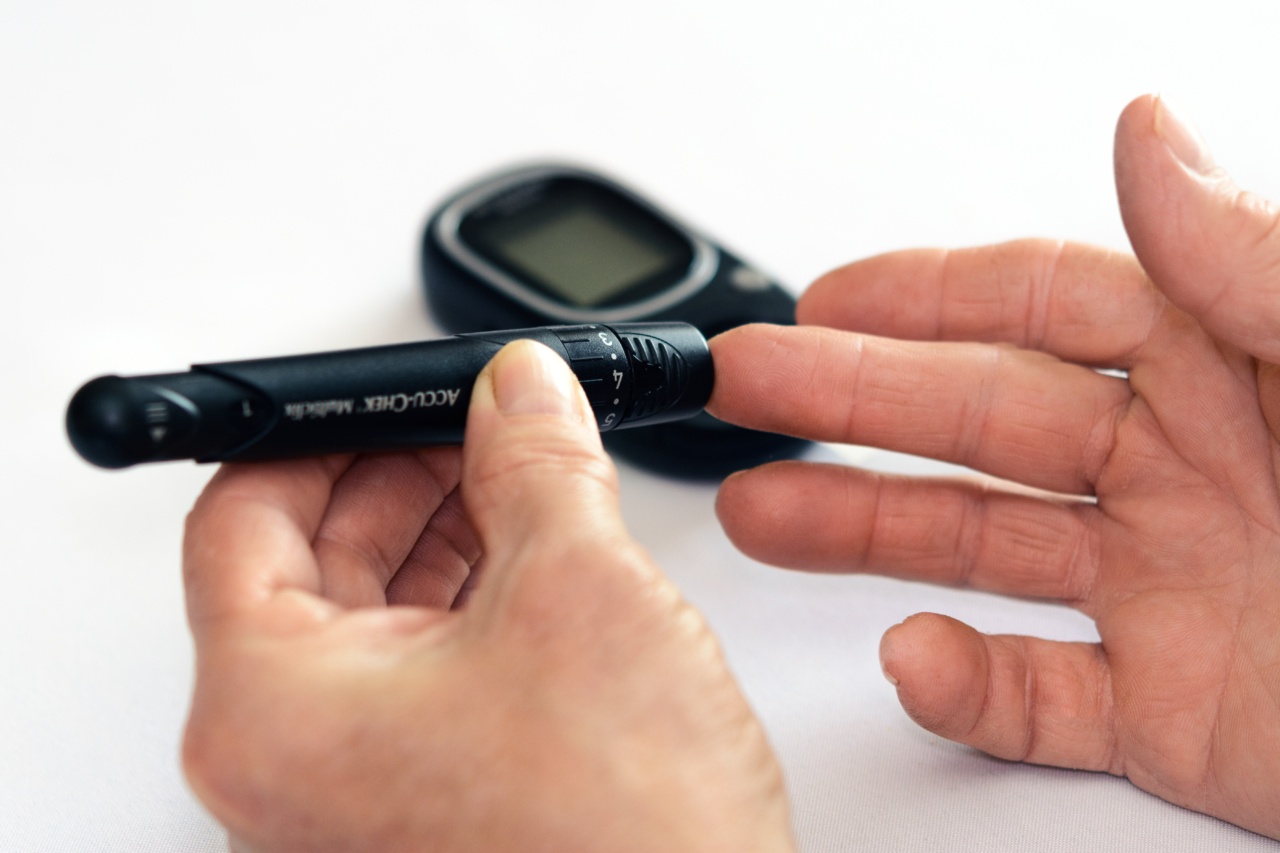Mount Everest, the tallest mountain in the world, holds a special place in the hearts of many adventurers. Climbing Everest is a challenge, both physically and mentally, that only a handful of people have successfully accomplished.
However, diabetes is a silent epidemic that has the potential to change the whole scenario of this climb. Many climbers face this challenge and continue to climb the mountain. In this article, we will discuss how an expedition to Everest has unmasked the presence of diabetes and how it influences the climb.
What is Diabetes?
Diabetes is a disorder that affects our body’s ability to regulate blood sugar levels. There are two types of diabetes – Type 1 and Type 2 diabetes. In Type 1 diabetes, the body’s immune system destroys the cells that produce insulin.
In Type 2 diabetes, the body doesn’t effectively use insulin to regulate blood sugar levels.
Diabetes is a serious condition that requires careful monitoring, management, and control. Blood sugar levels can have effects on mental and physical function. Low blood sugar levels can cause symptoms such as confusion, dizziness, and seizures.
High blood sugar levels can cause lethargy, dehydration, and loss of consciousness.
Diabetes and Mount Everest
Mount Everest is the tallest mountain in the world, standing tall at a height of 29,029 feet. Climbing this mountain can take anywhere from 2 months to 4 months, depending on the climber’s physical condition and various other factors.
Climbing Everest is a challenge, even for experienced climbers, let alone people who have diabetes.
Climbing Everest is a test of endurance and mental toughness.
This requires a lot of physical exertion from the climbers, which can lead to fatigue Both types of diabetes can hinder an individual’s ability to handle the physical challenges of the climb. Type 1 diabetes would require insulin to be administered at regular intervals.
Additionally, climbers with Type 2 diabetes would have to exercise extreme caution when it comes to their dietary habits and take prescribed medication to help regulate their glucose levels.
Can Diabetics Climb Mount Everest?
The answer to this question is yes, mountaineers who have diabetes can successfully climb Mount Everest. Many diabetics have successfully climbed the mountain with appropriate preparation and management of their condition.
However, extra preparation is crucial when climbing a mountain of this magnitude. The optimal preparation includes maintaining a healthy diet, physical activity, strength training, and mental preparation.
Preparing for The Climb
Preparation for climbing Mount Everest is crucial for anyone, including diabetics. There are several things to be considered when preparing for the climb which include:.
1. Physical Preparation
Physical preparation is crucial to ensure that the climbers are in good shape. A rigorous exercise and nutrition regime is necessary, including cardiovascular exercises, muscular endurance training, and altitude training.
This type of exercise helps to build stamina, increase blood circulation and oxygen uptake, which reduces the risk of altitude sickness.
2. Mental Preparation
Mental preparation is also crucial in such a challenging climb. Muscular endurance is crucial, but mental strength is also necessary to sustain the climber’s motivation through the lengthy duration of the climb.
Most importantly, the climbers must go on a spiritual journey to combat the stress of climbing this mountain and fully accept the magnitude of what they are about to undertake.
3. Manage Diabetes Effectively
Effective diabetes management is crucial when taking on the challenge of Mount Everest. Proper monitoring of the glucose level in the blood needs to be in place.
Regular insulin injections need to be given at appropriate intervals, and the climber’s diet needs to be carefully regulated.
4. Acclimatize to altitude
Being at high altitudes can have an effect on a person’s health, especially on their respiratory and circulatory systems. Extra acclimation time should be given to those who have difficulty acclimatizing to high altitudes.
Despite the significant challenges ahead, with proper preparation, many people with diabetes have succeeded in climbing Mount Everest.
Conclusion
Mount Everest has been climbed by many, and the challenges faced by the climbers are significant. With diabetes on its increase, diabetic climbers have to face the added complexities that come with their condition.
The good news is that with proper management, climbers with diabetes can successfully climb Everest, as well as other famous peaks. Proper preparation, physical and mental readiness, effective high altitude acclimation techniques, and careful management of diabetes are the keys to success in climbing, and, more importantly, effective diabetes management.































